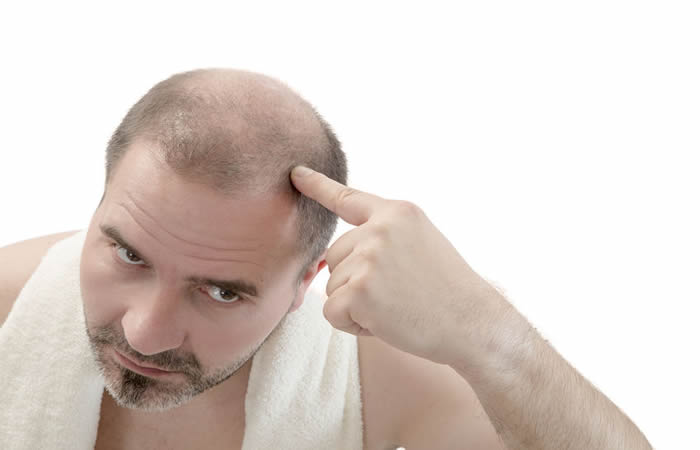- Kartaltepe Mahallesi İncirli Caddesi Limon Çiçeği Sokak No: 1 34145 Bakırköy İstanbul
- +90 541 548 52 47

How Do Baths and Showers Affect Your Hair?
27/09/2022
Can female pattern hair loss be stopped with alternative methods?
27/09/2022The thing that people who decide to have a hair transplant operation are generally curious about is how the result of the procedure will be. However, hair transplantation is a long-term process that requires patience in terms of performing the procedure, post-operative recovery and observing the results. Reaching the desired level of transplanted hair grafts depends on knowing what awaits us at what stage after the hair transplant operation and what we should avoid during the recovery phase. In order for hair growth to occur, a time frame of at least 1 year should be taken into account. Let’s take a look at what awaits the patients day by day after hair transplantation and the calendar regarding the recovery process:
HAIR TRANSPLANT HEALING PROCESS
Day 1
After the hair transplant surgery, redness may occur in the area where the hair grafts are transferred and in the donor area. Since the redness in the intake area can be hidden by the hair strands around it, it may not attract as much attention as in the transplant area. Depending on the intensity of the hair transfer, the redness disappears within 3 weeks.
Day 2
On the second day of the procedure, mild itching, swelling and pain may be felt both in the donor area and in the transplanted area, and these symptoms usually disappear within 1 week.
Day 3
One of the most curious issues after the transfer is when the first wash will be done. How the treatment area should be washed is as important as its time. The first wash after hair transplantation is subject to certain stages. The first wash is performed on the third day after the operation. The crusts formed in the transplantation area and the donor area should be softened by using special lotions and then washed. The head area should be washed with a special medical shampoo without rubbing or applying pressure. Until the crusts heal, the washing process should be carried out only once a day, with the shampoo we recommend and as described.
- HAIR TRANSPLANT RESULTS WEEK 1
Small dot-shaped crusts can cause itching. It is necessary not to scratch the operation area, and not to rub it with a towel or similar things. It is important not to touch the treated area. In addition, the head area should be washed every day as described and should not be exposed to sunlight until the crusting is completely eliminated. As a result of the antibiotic treatment given after the surgery, a rapid recovery is recorded in the treated areas. Although it varies from person to person, some crusts begin to fall off at the end of the first week. During the first three weeks, physical activities that are challenging and that may cause sweating should be avoided. In addition, swimming in the sea or pool should be avoided as it will damage the hair follicles.
- HAIR TRANSPLANT RESULTS 1st and 2nd MONTH
Shock shedding is expected in the third week after hair transplant surgery. It should be known that shock shedding, which is considered a natural part of the healing process, is temporary, and if the process is prolonged, we should be contacted.
- HAIR TRANSPLANT RESULTS 3th and 6th MONTHS
From the third or fourth month, new hair follicles can be seen after shock loss, and it can be observed that the lost hair begins to grow back gradually. The first hairs may appear weak, but as they continue to grow, the hair strands will begin to thicken.
- Hair transplant results 9th month
After the sixth month, the growth rate of the hair grafts is completed to a large extent, and the patient begins to see the results of the hair transplant procedure more clearly in this process.
- HAIR TRANSPLANT RESULTS 1 YEAR
At the end of 1 year, the growth has reached the desired level and is completed. It should be kept in mind that the hair transplant operation is a one-year process in terms of its results and recovery schedule, and the processes may vary from person to person and according to the area where the hair transplant is performed.




